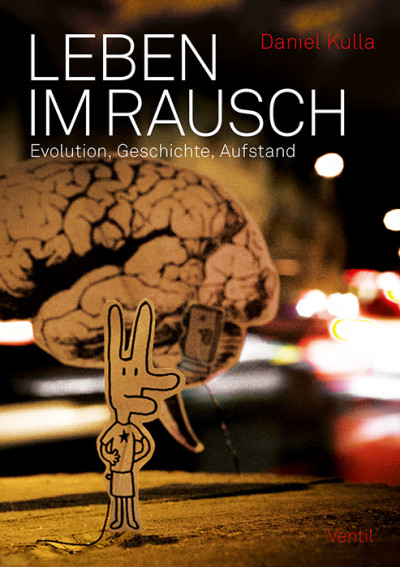What LSD did and didn’t do
October 2nd, 2009>>There have been grand claims that LSD was responsible for all of the varied and distinct movements that make up the 1960s, including the environmental movement, women’s liberaion, black power, gay rights, free love, vegetarianism, communal living, the anti-war movement and rock’n’roll. It is certainly true that the study of these various movements quickly throws up the influence of LSD on key figures, and it is tempting to attribute the core values of those movements to an expanded awareness, but the idea that LSD is solely responsible for creating them is clearly mistaken. The black power movement, for instance, sprang from the civil rights work such as the Student Nonviolent Coordinating Committee (SNCC), while the music of the 1960s would not have happened without the rock’n’roll of the 1950s, and both Martin Luther King and Elvis Presley were around before LSD. The sexual revolution may have been created by a pill, but it was contraceptive rather than psychedelic.
What LSD did do, however, was act as a catalyst for the rapid expansion and evolution of these movements. It arrived at a fertile time in history, and it lit a fire under almost every emerging idea, social movement or philosophy that it found. It did this in two ways. First, the drug enabled people to see the failings in the current system or world view with far greater clarity. Second, it gave users a burst of creative energy and a sense of purpose. The combined influence of these two effects was to convince many people that they had the ability to do something about the problems of the world, because as soon as they stopped seeing reality as fixed and unmovable, it became something that they culd change. And the combined reactions of the millions of people who took LSD was also strong enough to influence many millions of other people who never tried it.<< John Higgs: I Have America Surrounded. The Life of Timothy Leary

















Leave a Reply